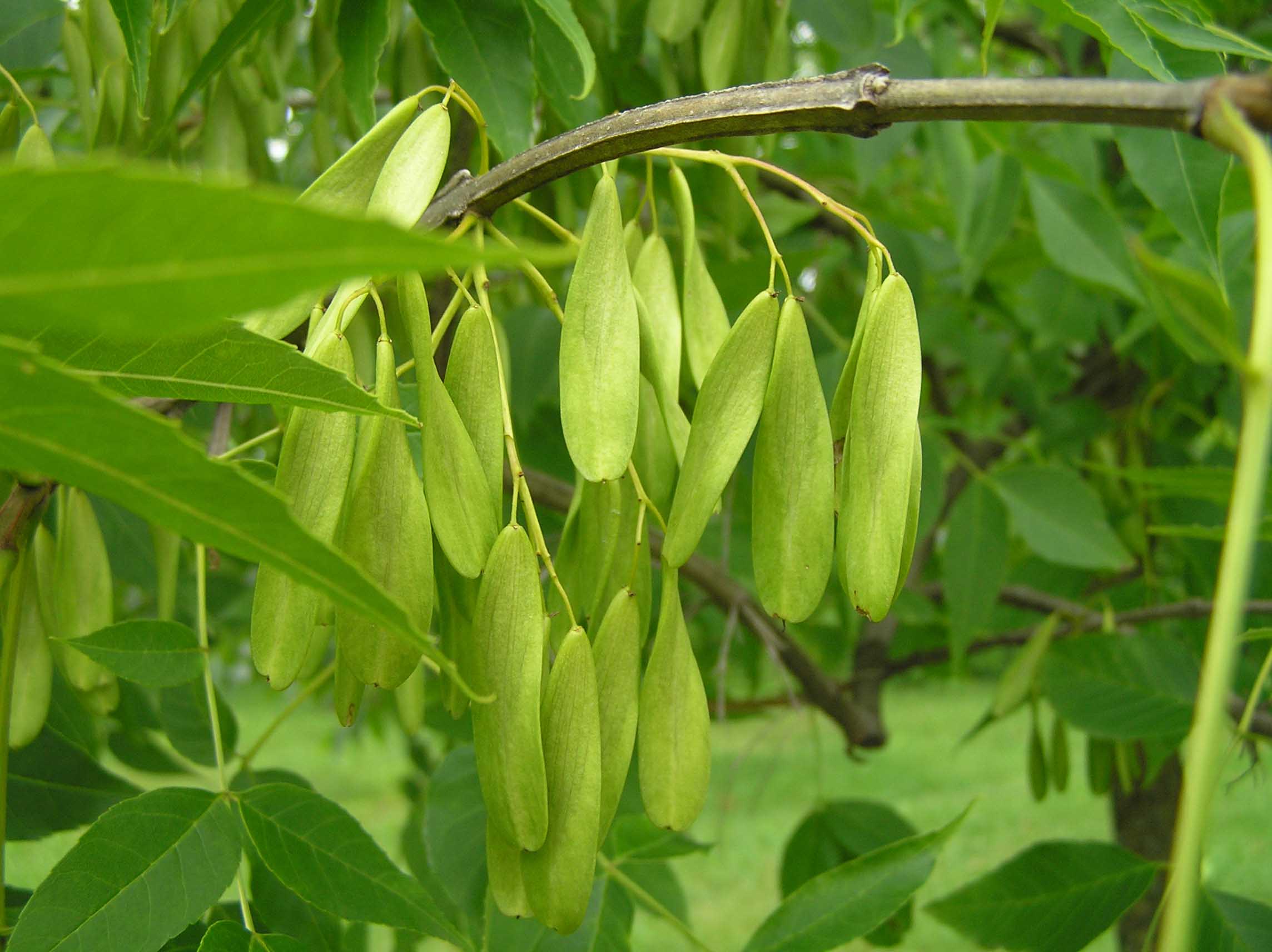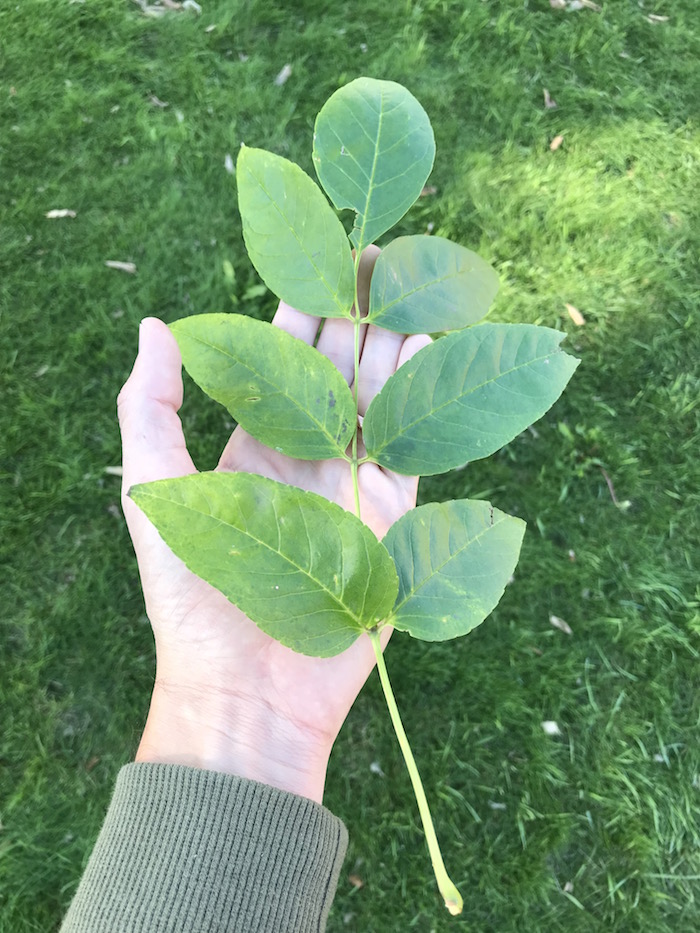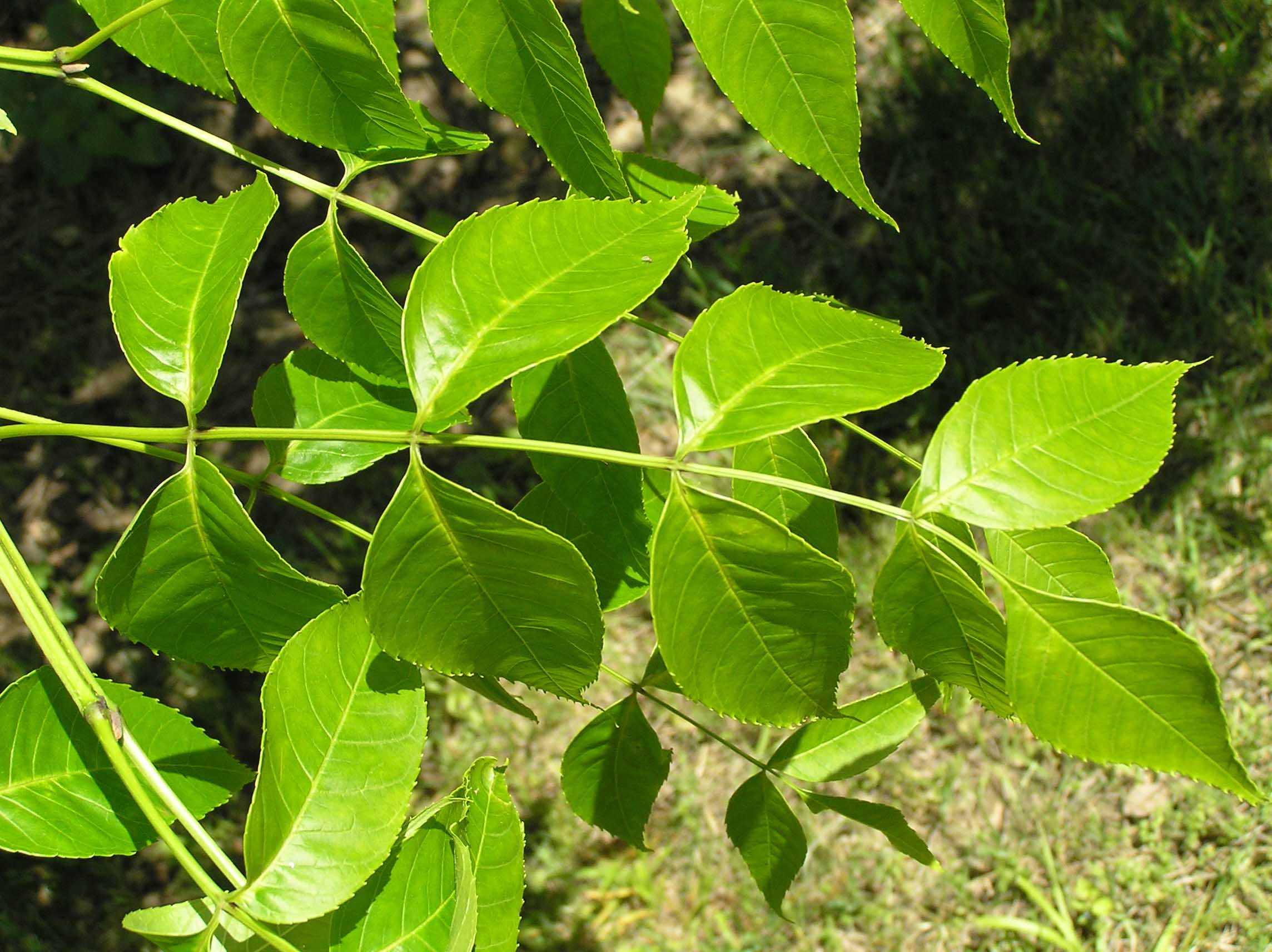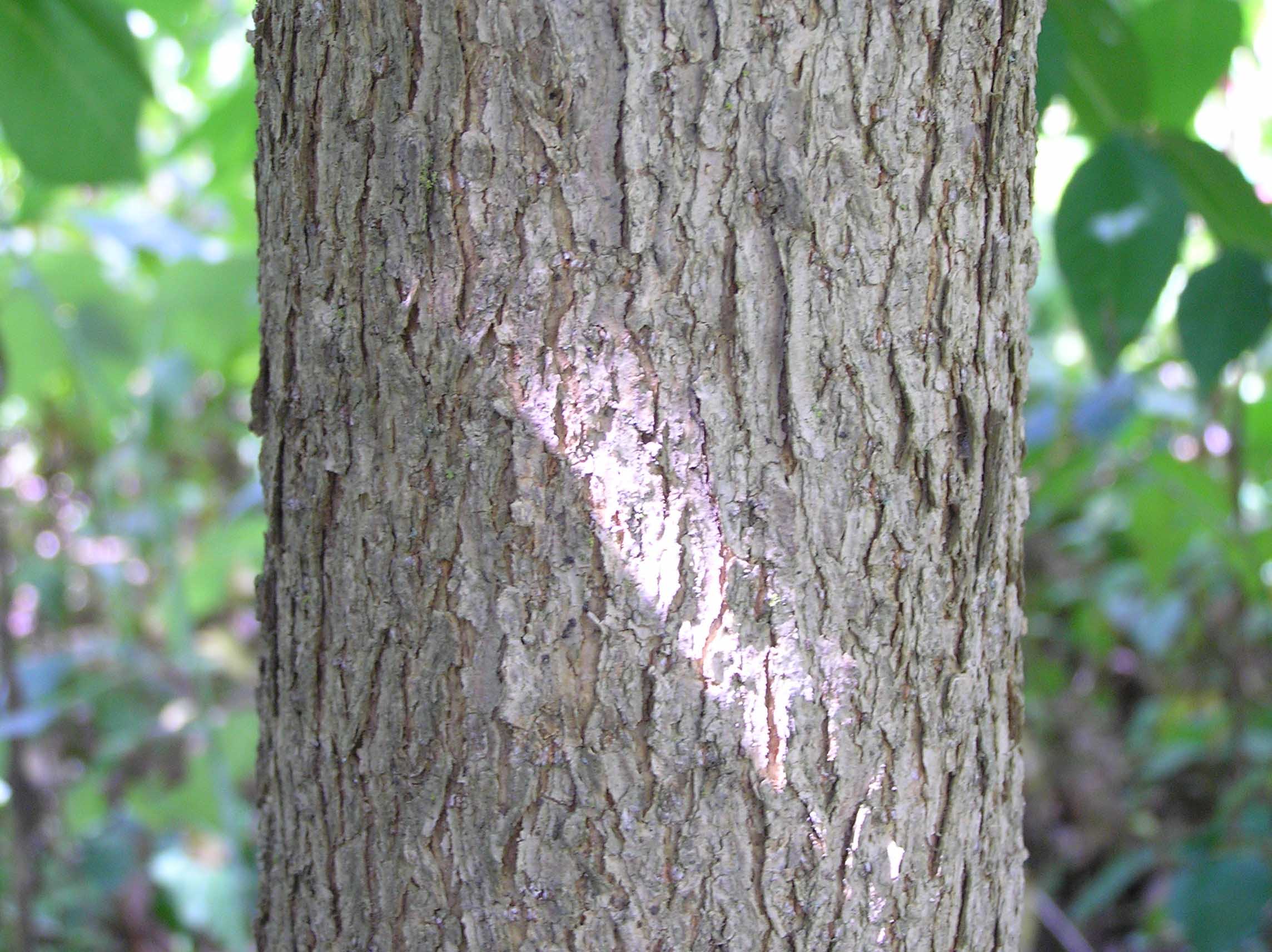blue ash tree identification
Blue Ash is one of a handful of species in the Fraxinus genus that are used as commercial lumber. A few other trees like mountain ash and prickly ash look similar to ash.
Blue Ash Fraxinus Quadrangulata
The blue ash is a medium-sized tree that can be identified by its squarish twigs which is the origin of the botanical name Fraxinus quadrangulata or four-cornered ash.

. This species can be identified year-round. Blue ash has a gelatinous substance on its inner bark that turns blue when exposed to air. White and green ash are the most commonly planted species in.
Ash trees always have opposite branching. The blue ash Fraxinus quadrangulata is a medium to large-sized tree that is usually 40 to 60 feet tall but can attain a height of 150 feet with a trunk diameter of 3 feet. Black ash has 7 to 11 leaflets and is found in wet woods.
Its botanical namequadrangulatacomes from the trees four-sided twigs. Ash trees in the genus Fraxinus are susceptible to attack by the emerald ash borer EAB a non-native insect. Its called the Blue Ash because its sap becomes blue when oxidized and thus can be used as a blue dye.
The blue ash genus name Fraxinus is from the Latin name for the Old World ash species. You can identify ashes by looking for trees with opposite branching not many trees do this and compound leaves formed by clusters of leaflets. Other native ash trees less commonly found include black ash Fraxinus nigra and blue ash Fraxinus quadangulata not shown.
They are often used as shade lawn and street trees and were once the most-planted urban tree across the US. Twenty minutes north of Cincinnati Blue Ash has the best of both worlds the feel of a close-knit community with big city access. White ash buds are paired with a leaf scar beneath the.
Blue Ash Fraxinus quadrangulata a Wisconsin Threatened plant is found in rich upland hardwoods often with dolomite near the surface. It is the only eastern ash with square twigs. Extension Bulletin E-2942 New May 2005.
Similarly its branches are also located opposite to one another on the tree. This tree is one of many ash trees in Missouri and is particularly easy to identify because of its compound opposite leaf and twig pattern which seem four-sided. August 26 2021 ODNR Invites Public to Ohios State Forests Virtual Open House Event.
They are not true ash trees however and fall. Now look at the trees leaves. The first step in determining if a tree has been infested with EAB is to make certain that it is an ash tree.
Isolated populations exist in Alabama Southern Ontario and small sections of the Appalachian Mountains. This means that pairs of branches extend off of the tree from the same point but on opposite sides. The leaves of Fraxinus quadrangulata are compound and opposite.
Nigra and blue F. Its not quite as strong or dense as the related White Ash Fraxinus americana. Grows on Rocky Bluffs.
2 3 PREFACE The Ash genus Fraxinus is one of the largest genera of trees in North AmericaAsh species may comprise up to 60 percent of total tree diameter in forests of the northeastern United States. Green and white ash are the most commonly found ash species in the Midwest. Blue ash trees are medium-sized trees in the Fraxinus genus.
While other woody plants such as mountainash and pricklyash have ash in their name they are not true ash or Fraxinus species. When stained ash can look very similar to oak Quercus spp although oaks have much wider rays which are visible on all wood surfaceseven on flatsawn surfaces where they appear as short. Blue ash trees get their name from a dark blue or black dye extracted from the trees inner bark.
25 m and have an irregularly rounded crown. You can identify the Ash tree by its leaves branches bark and the seeds. This is the quality for.
Fruiting occurs early July through late August. 1 and will be held virtually. One very prominent feature that you can notice in the Ash tree is the arrangement of the leaves which is precisely opposite to one another on the branches.
Ash species attacked by emerald ash borer include green Fraxinus pennsylvanica white F. It has complex leaves with 5-11 leaflets based on the specific species of ash. Only true ash are susceptible to attack by emerald ash borer.
Leaflets are somewhat toothed and might be stalked. An ash tree is effortlessly identified by. Green and white ash are the most commonly found ash species in the Midwest with blue ash being rare.
The size of the blue ash 50 to 75 feet makes it a great shade tree. The leaves are 8 to 12 inches long with 7 to 11 leaflets 3 to 5 inches long oval or lance shaped and finely toothed margins. To properly identify ash trees use the following criteria.
Ash trees are in the Fraxinus genus within the olive Oleaceae family of woody plants. Quadrangulata blue ash F. Fraxinus quadrangulata the blue ash is a species of ash native primarily to the Midwestern United States from Oklahoma to Michigan as well as the Bluegrass region of Kentucky and the Nashville Basin region of Tennessee.
Pennsylvanica green ash F. White ash Fraxinus americana green ash Fraxinus pennsylvanica and blue ash Fraxinus quadrangulata. White Ash Fraxinus americana in particular is a keystone species providing food and habitat for numerous organisms from birds and mammals.
It can usually be distinguished from the other three species of ash in Wisconsin by the presence of 4-angled or 4-winged branches in slow. To identify an ash tree the first thing you should look for is opposite branching. Americana white ash F.
Blue ash has 7 to 11 leaflets and distinctive 4-angled corky wings on the stem. Ash trees are one of the common native tree species in the eastern United States and they are also frequently planted as street or landscaping trees. It was used by pioneers as blue dye.
This years open house is scheduled for Sept. There are three common species of ash in middle Tennessee. Fraxinus quadrangulata is exclusively referred to as blue ash.
Theres an opposite branching pattern two branches come off the primary stem one on each side and opposite one another. Blooming occurs throughout June. In addition Fraxinus excelsior European Ash is sometimes cultivated as a landscape tree in the Eastern United States and Canada.
The Ohio Department of Natural Resources ODNR Division of Forestry invites the public to attend its annual open house to learn about management plans for Ohios state forests. This color was extracted to make dye. How To Identify Blue Ash Trees Fraxinus quadrangulata The blue ash tree got its common name from its inner bark that will turn blue when it is exposed to air.
Blue ash Fraxinus quadrangulata These types of ash trees tolerate urban pollution and their cultivars are often seen as street trees. The ash trees dont grow taller than 82 ft. Quadrangulata as well as horticul- tural cultivars of these species.
Its top-ranked schools superior parks and recreation outstanding cultural and entertainment events and a thriving business community make Blue Ash the ideal place to live work and visit. Ash is a member of the olive family and consequently has some unlikely relatives including forsythia lilac privet and olive.
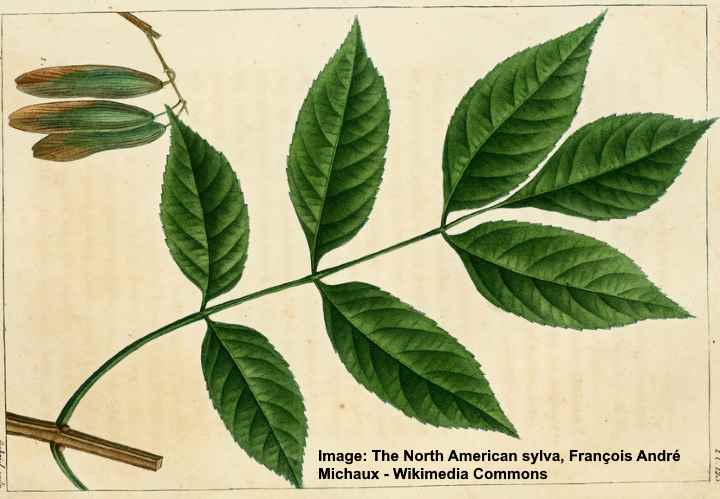
Ash Trees Types Bark And Leaves Identification Guide Pictures
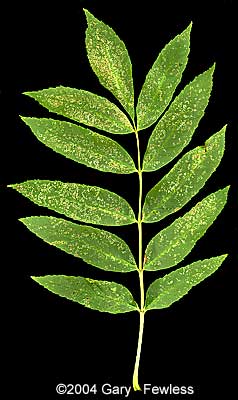
Trees Of Wisconsin Fraxinus Quadrangulata Blue Ash

4 Things You Didn T Know About The Blue Ash Hobby Farms

What Tree Is That Online Edition At Arborday Org
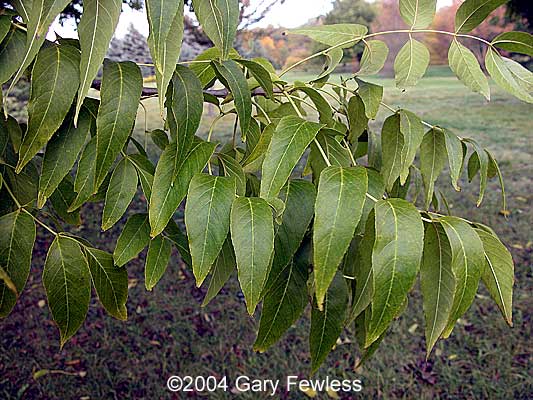
Trees Of Wisconsin Fraxinus Quadrangulata Blue Ash
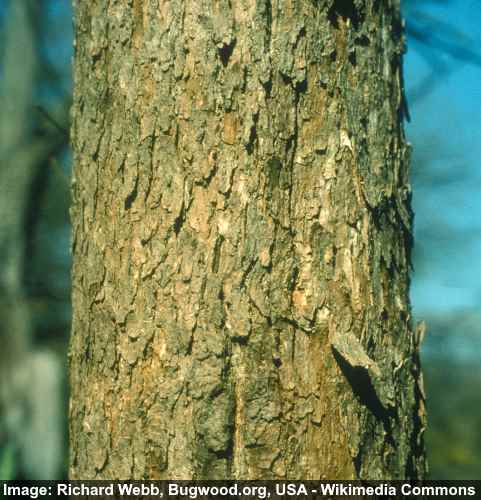
Ash Trees Types Bark And Leaves Identification Guide Pictures
Blue Ash Fraxinus Quadrangulata
Seeking Survivor Ash Trees The Michigan Nature Guy S Blog
Blue Ash Fraxinus Quadrangulata

Blue Ash Natural Resource Stewardship

Emerald Ash Borer Guelph A Community Response Initiative Page 3
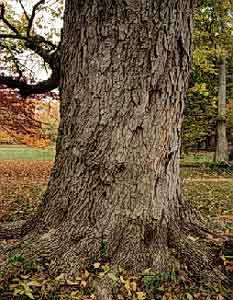
Blue Ash Department Of Horticulture
How Do I Know If I Have An Ash Tree Vanderbilt Arboretum Vanderbilt University
